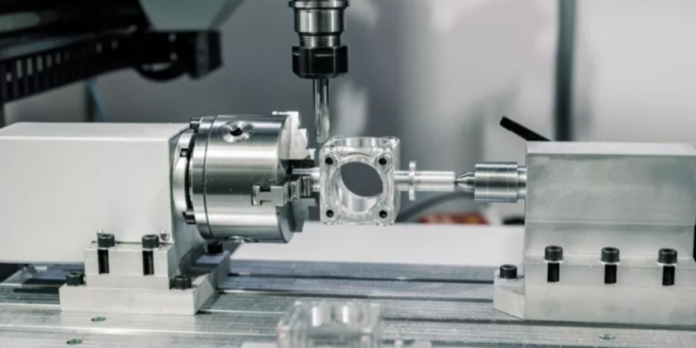The best way to achieve precision machining is with a CNC machine. These automatic devices process material according to pre-determined specifications and can produce highly accurate results because there’s no need for an operator manually control them, allowing operators only enough time in their day where they don’t have another job or responsibility besides making sure things go smoothly at work – which isn’t much anyway! When considering what tolerances you want from your part before selecting one type of machinist tool over another think about how much detail will be needed when creating products made out these specific material?
CAD/CAM programs
There are a variety of CAD/CAM programs available for the precision machining industry. These programs allow you to design, create and manage models to create a high-quality part. Some are free, while others cost money. To find the right one for your needs, look for a program that supports multiple file types. In addition, the software should be compatible with other programs, allowing you to easily import and export files.
CAD/CAM programs make design changes quick and easy. In the past, design changes would require draftspeople to go back and redo a design, which was not always possible. Today, however, users can make small design changes without a great deal of difficulty. The software also allows them to simulate the behavior of their design before it is manufactured.
CNC machine
A CNC machine for precision machining is an efficient way to produce a large volume of high-quality parts. The machine can work at high speeds with no human interaction, ensuring that every component is precisely shaped. This machine is particularly useful for a variety of production parts, including complex geometries and intricate surfaces.
This type of machine is commonly used in the aerospace and automotive industries. These machines can perform several different operations, such as turning, drilling, and milling. Depending on the application, you may need to change tools to achieve different results. These changes can add cost and setup time.
Tolerances
Tolerances in precision machining refer to the limits of variation that are acceptable between parts. They are measurable values that relate to the shape and size of a part. For example, if a part is 2.750 inches long, its tolerance would be 0.001 inch. Likewise, if the part is 2.5 inches tall, its tolerance would be 0.005″. The final component should be within this tolerance range to meet quality standards.
Tight tolerances are often required by the end-user for manufacturing certain parts. However, this approach can alter the optimal manufacturing process. It may also increase set-up costs and lead times. Additionally, it may require additional processes such as grinding or lapping to meet the tight tolerances.
Materials
There are various types of metals that can be used in precision machining. Stainless steel, for example, is a popular choice. This metal is strong, corrosion-resistant, and vacuum-tight. It is widely used in a variety of industries, including the oil and gas industry and the auto industry. Steel is also a good choice for precision machining because it is easy to weld. However, it can be prone to corrosion if not heat-treated. Another popular metal for precision machining is copper. Its versatility, strength, and corrosion resistance make copper a better choice than aluminum for many industrial applications.
Some metals are difficult to machine, such as carbon fiber. It is important to choose the right materials for the job. Some materials need to be processed slowly while others require high-speed machining. For this reason, it is important to consider the machinability of a material before investing in a machine. Choosing materials that can be processed quickly will save you time and money.
Processes
There are different types of processes used in precision machining. The methods used vary according to the type of material and the specific job that needs to be done. Milling machines, lathes, saws, grinders, CNC machines, robotics, and photochemical processes can all be used for this type of work. Each tool has a different range of capabilities, so choosing the right tool for a specific job can make a big difference.
Precision machining is a vital part of the manufacturing industry, since it combines skilled designers with advanced equipment to create intricate parts. The precision of a machining process allows it to achieve the tightest tolerances and complex geometric cuts. The use of computer numerical control machine tools is essential in precision machining.

